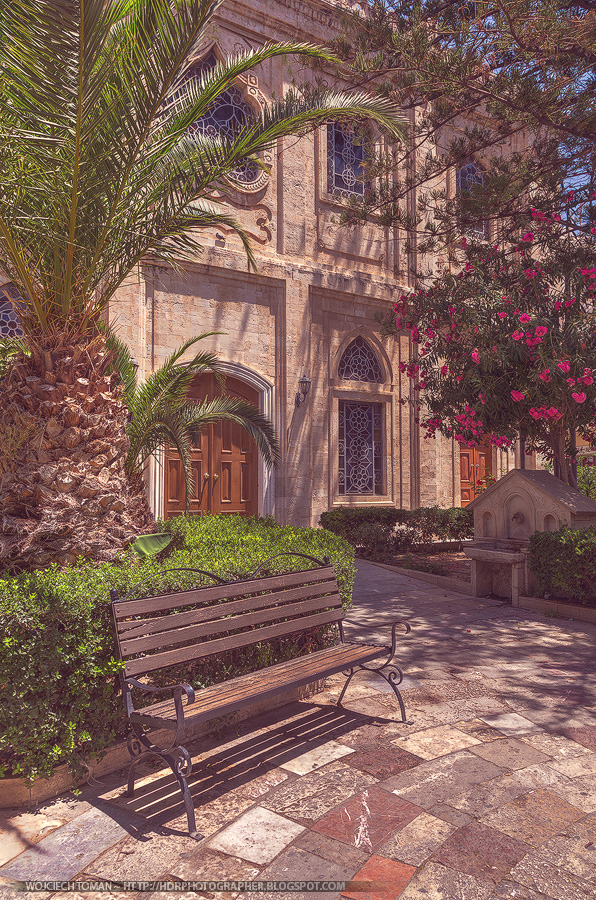There is so much to do in photography. You can shoot landscapes, architectures, cars, real estate, portraits, fashion, weddings, tamed or wild animals, insects, stars, street scenes... whatever you want. Really - sky is the limit. The problem is that each of these subjects requires a bit different approach, technique and skills. And even different equipment.
For example landscape photography is much about patience and strong will (and steady tripod!) because you might need days or weeks to capture a single photo you have in mind. And you will often go back home with nothing worth sharing (eg. when you expected nice sunrise but it was raining). It's even worse when you need to hike for several hours to reach your destination just to find out that there is nothing really worth capturing (eg. the light is boring). What's more you will often need to get up very early (to shoot sunrise) or miss dinner (to shoot sunset). Wild-life photography is much about understanding animals, knowing their behaviours, spending hours studying them. But you also need to be silent and cautious. You need to become part of they world. Sort of. Portrait photography requires good interpersonal skills to tell the model what you expect from him/her, make him/her feel comfortable during the shoot etc. And also you need to have great understanding of light. And let me tell you one thing - I as former 3D graphics programmer know equations describing light, how it behaves, reflects off surfaces etc. Yet I cannot apply it to my photography. I see light as mathematical formula not a tool to craft art. Unfortunately.
For above reasons, apart from a few photographers who are just exceptions proving this thesis (take a look at works of
+Michael Woloszynowicz or
+Pawel Tomaszewicz for instance - both these guys are shooting wonderful landscape, architecture but also portrait work), most of the others are greatly specialized. And so am I. As you probably noticed my main area of focus is landscape photography. From time to time I share other photos ranging from macro to portraits but my main strength is shooting nature views. I like hiking, I like silence at sunrise/sunset, I don't have problem with eating late meals. I feel great when I can photograph landscape. I might not be the best landscape photographer in the world (quite frankly I'm nowhere near the level I would love to reach) but it's my world. I specialize in this kind of photography.
Focusing on one area is a very good thing because you spend your efforts improving quite a small subset of skills (eg. you don't need to learn artificial light if you're mainly shooting with natural light). You also spend your money only on equipment targeted towards this kind of photography (eg. ultra wide angle lenses for landscape photography or powerful flash units for potraits). This way you also increase your chances of capturing some really stunning photos. If for 10 days in a row you go out to photograph sunset there is quite a chance that at least one of them will be stunning. But if one day you go photographing sunset, another you shoot portraits, on the next one animals and then macro... well, there is a great chance you'll end up with mediocre photos...
At the same time bear in mind it's a good thing to try something different from time to time to see other possibilities and improve general skills (like composition for instance). If you focus on something too much you loose wider perspective what can also be a bad thing for your photography. So summing up specialization is a great thing that can make you a great photographer. But at the same time step out of your comfort zone from time to time to progress as a photographer.
Technical details:Camera: Canon 50D
Lens: Canon 10-22 f/3.5-4.5 USM
Focal length: 10 mm
Aperture: f/16.0
Exposure time: 1/100 s ("middle" exposure)
ISO: 100
Number of exposures: 3
E.V. Step: 2.0
Flash used: no
Tripod: yes
Filters: no
Technique: HDR, tone-mapping
Software: Magic Lantern 2.3, Photomatix Pro 4.2.7 (
Details Enhancer), Lightroom 5.0, Photoshop CC


































